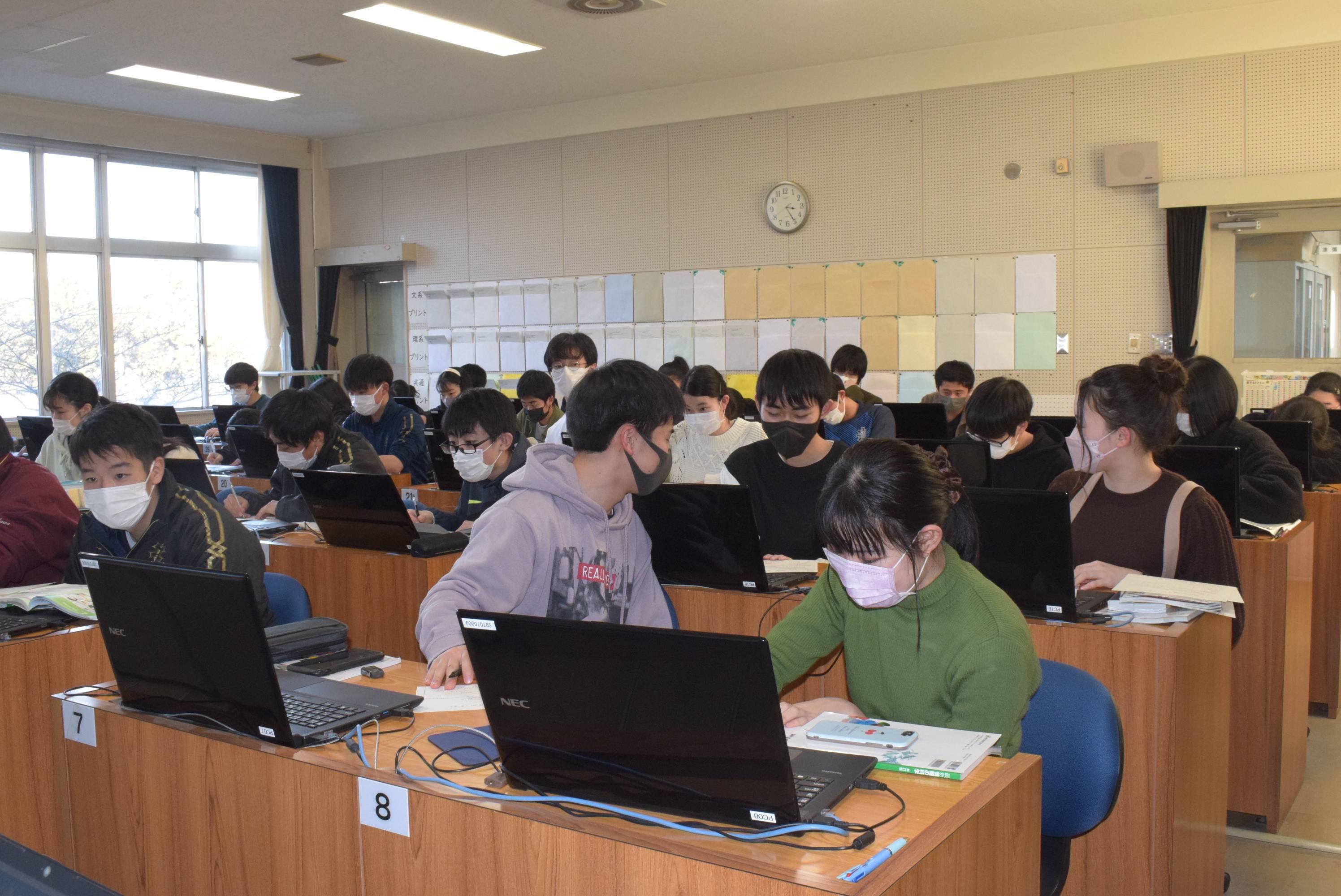Ever since high schools run by Miyagi Prefecture went coed in 2010, educators have sought ways to realize the school board’s goal of creating “a place where boys and girls can learn together.”
After 12 years, students have adapted to the changes, while some alumni still question whether the objective has been achieved.

















With your current subscription plan you can comment on stories. However, before writing your first comment, please create a display name in the Profile section of your subscriber account page.